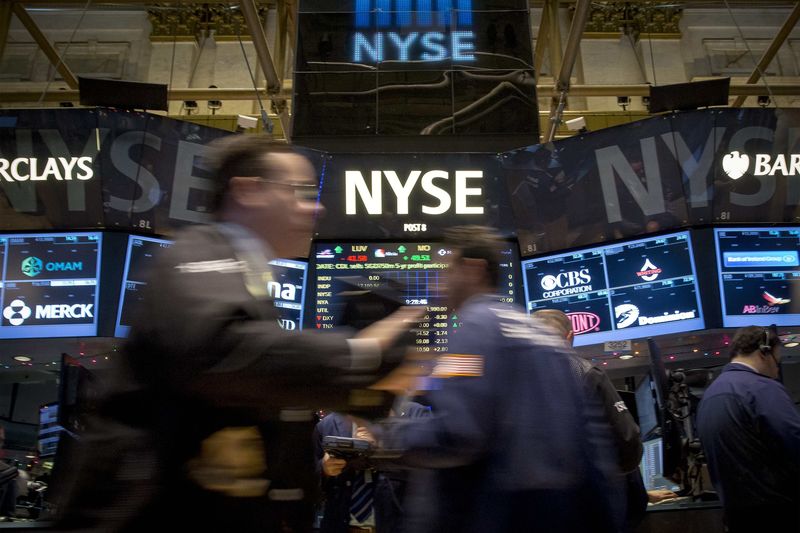This post was originally published on this site

Investing.com – The S&P 500 ended the week higher despite closing lower on Friday as investors digested data showing the economy created fewer jobs than expected last month.
For the day, the S&P 500 fell 0.2%, the Dow Jones Industrial Average slipped 0.03%, or 8 points, the NASDAQ Composite fell 0.51%.
The U.S. economy created 194,000 jobs in September, well short of forecasts for 500,000, and below the upwardly revised 155,000 jobs for August.
“The market will look back on this report as just a blip,” Eric Green, Chief Investment Officer of Equity at Penn Capital told Investing.com in an interview Friday. “There is a lot of noise in September that makes that report less reliable than normal […] I’m sure we’re going to see revisions.”
A deeper look into the monthly jobs report, meanwhile, showed enough bright spots including higher wages and lower unemployment that should pave the way for the Federal Reserve to start tapering its bond purchases next month.
The unemployment rate fell to 4.8% from 5.9%, compared with the forecast for a decline to 5.1%.
Average hourly earnings rose 0.6% last month, compared to August’s 0.4% increase, as firms increased wages to attract new workers amid dearth of labor supply.
“I think we’re still there,” Green said, referring to the Fed’s plan to taper bond purchases. “These numbers were not bad enough for the Fed to change course.”
U.S. Treasury yields climbed following the report, with the 10-year Treasury yield scaling 1.6%, as investors look ahead to the Fed’s path to tightened monetary policy.
Tech struggled to find its footing against rising yields and inflation, both of which sour the outlook on sectors like growth with longer duration cash flows that become less attractive.
Cyclicals stocks, which move in tandem with the economy, fared better as energy and financial pushed higher.
Energy was up more than 2% as oil prices topped $80 a barrel for the first time since 2014 as concerns about tight supply persist despite recent efforts by the U.S. and Russia to quell fears of an energy crunch.
Hess (NYSE:HES), APA (NASDAQ:APA), and EOG Resources (NYSE:EOG) jumped more than 5%.
Rising bank stocks, meanwhile, underpinned financials as investors look to the start of the quarterly earnings season for the return of loan growth at a time when Treasury yields continue to advance.
Cincinnati Financial (NASDAQ:CINF), Bank of New York Mellon (NYSE:BK), and State Street Corp (NYSE:STT) were among the biggest gainers in the sector.
Higher interest rates boost the return on interest that banks earn from their loan products.
Wall Street is set to end the week in positive following a wild few days of trading as investors fretted over the prospect of the U.S. default on its debt.
While the volatility is expected to continue into next week, the market is nearing a strong period for risk assets.
“There tends to be volatility the first couple weeks of October, then things start to calm down,” Green said. “The better performing sectors will be the more risky sectors, which in today’s market are the cyclicals stocks that have done well in the last year but have massively underperformed over the last six years.”


